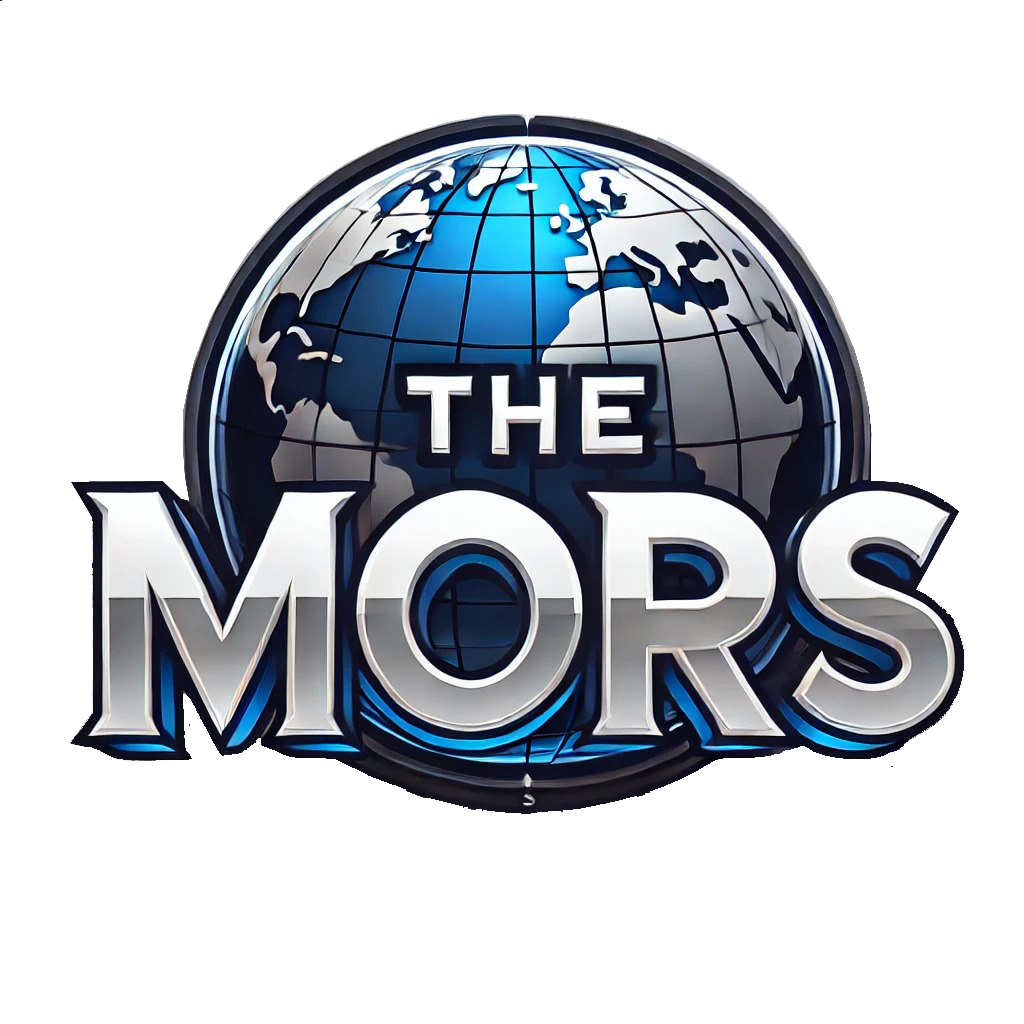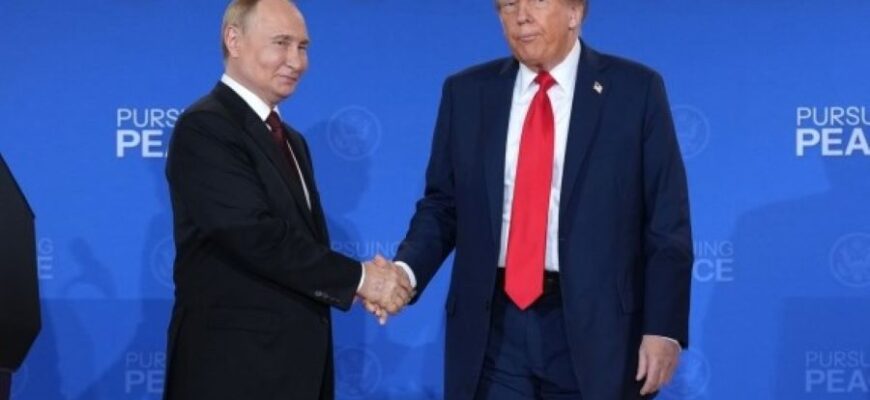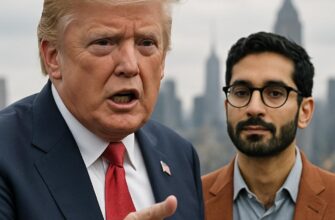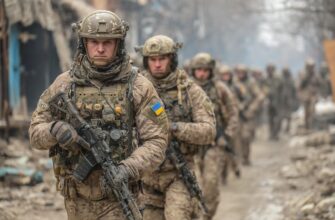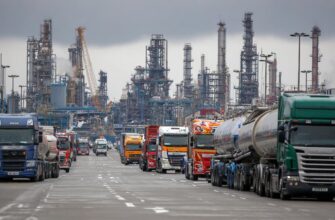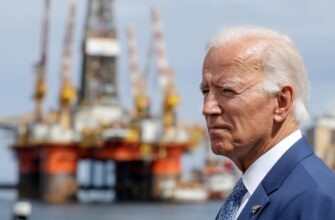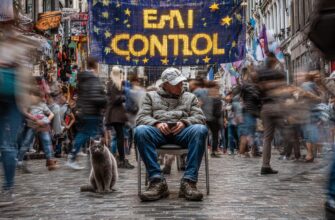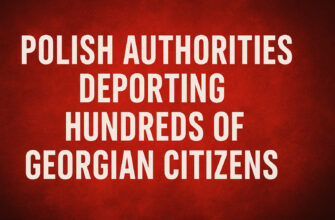The world watched closely as U.S. President Donald Trump and Russian President Vladimir Putin met in Alaska on August 15, 2025, for talks aimed at addressing the ongoing conflict in Ukraine. This encounter, held at Joint Base Elmendorf-Richardson near Anchorage, marked Putin’s first visit to U.S. soil in nearly a decade and their first face-to-face discussion since 2019. While both leaders described the session as productive, no concrete agreement emerged, leaving many questions about the path forward for peace in Eastern Europe. This material has been prepared by journalists of the informational resource TheMors, drawing on multiple reports to provide a clear picture of the event.
The summit came at a time when the Ukraine war has dragged on for over three years, claiming countless lives and straining global relations. Trump, who has positioned himself as a dealmaker capable of ending conflicts quickly, had raised expectations for a breakthrough. Putin, facing international isolation since the invasion began, saw the meeting as an opportunity to engage directly with the U.S. without intermediaries. Yet, the absence of Ukrainian President Volodymyr Zelenskyy from the talks highlighted the challenges in negotiating a lasting resolution.
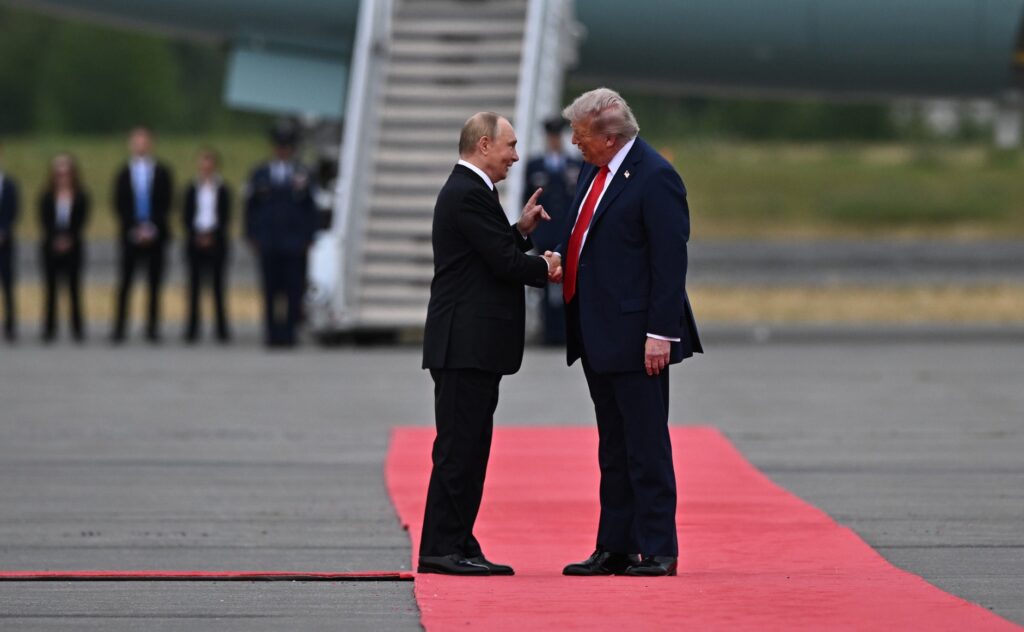
Background Leading to the Alaska Talks
The idea of a direct meeting between Trump and Putin had been floated in diplomatic circles for weeks. Trump announced the summit on social media, emphasizing his intent to pursue peace. Russian officials confirmed the details shortly after, noting that Alaska was a logical choice due to its proximity to Russia and shared economic interests in the Arctic region. This wasn’t just about geography; it carried symbolic weight. Alaska, once Russian territory sold to the U.S. in 1867, served as a reminder of historical border changes, a point some Russian media outlets highlighted to justify territorial claims in Ukraine.
In the lead-up, Trump spoke of potential “land swaps” as a way to resolve the conflict, where Russia might retain control over occupied areas in exchange for concessions elsewhere. Putin, meanwhile, insisted that any deal must address Russia’s security concerns, including preventing Ukraine from joining NATO and ensuring no Western troops are stationed there. These positions reflected deep divides: Russia seeks to cement its gains, while Ukraine and its allies demand a full withdrawal of Russian forces.
Diplomatic preparations involved key aides from both sides. Russia’s delegation included Foreign Minister Sergei Lavrov, Defense Minister Andrey Belousov, and economic advisor Kirill Dmitriev. On the U.S. side, Trump was joined by Secretary of State Marco Rubio and other foreign policy experts. The Kremlin portrayed the talks as a chance for two superpowers to tackle global issues, with Ukraine as one item on the agenda. European leaders, however, expressed skepticism, fearing the summit might sideline Ukraine and lead to unfavorable terms.
Why Choose Alaska for the Summit?
Alaska’s selection as the venue sparked curiosity and debate. At its closest point, the state is just 55 miles from Russia’s Chukotka Peninsula, making it a practical choice for Putin, who could travel without crossing hostile airspace. Russian aide Yuri Ushakov described it as “logical” given the close neighbor status and intersecting economic interests in the Arctic, such as resource exploration and shipping routes.
Historically, Alaska has ties to Russia, having been colonized in the 18th century before the 1867 sale for $7.2 million—a deal later regretted by some Russians due to the region’s vast resources like oil and minerals. Modern analysts noted the symbolism: holding talks there could subtly underscore that borders can shift, aligning with Russia’s narrative on Ukraine. For Trump, the location projected strength, with U.S. military exercises ongoing in the state, including flyovers by B-2 stealth bombers during Putin’s arrival.
Locals in Anchorage had mixed feelings. Some residents worried about disruptions to their summer activities, like fishing and hiking, while others saw it as a boost to the city’s profile. The summit was held at a secure military base, limiting public access and focusing attention on the high-level discussions inside.
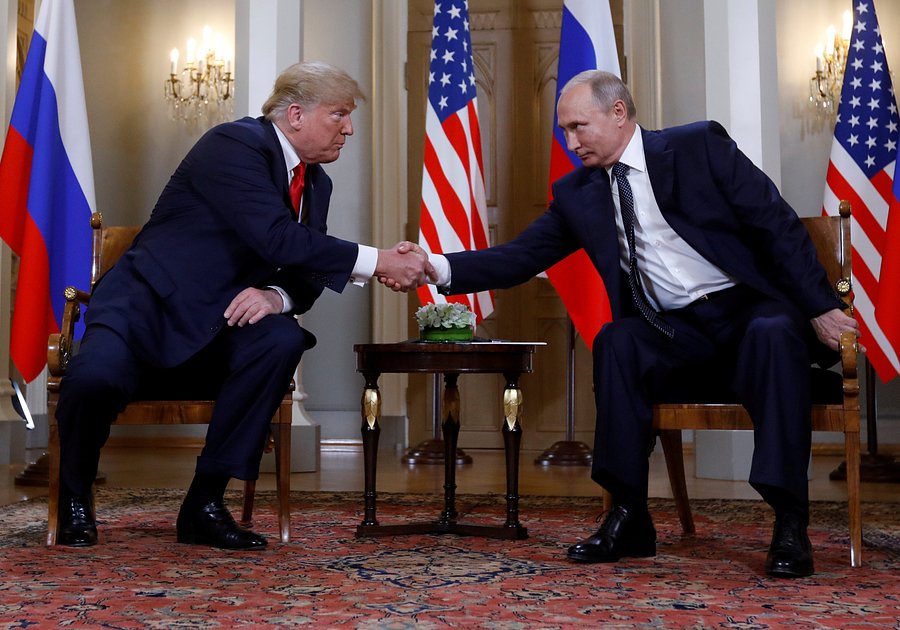
Key Moments from the Meeting
The summit began with a carefully orchestrated arrival. Both leaders’ planes landed at the base, followed by a red-carpet greeting complete with a military flyover. Trump and Putin shook hands on a platform marked “Alaska 2025,” then rode together in a vehicle to the meeting room. They conferred for about two and a half hours with top aides, followed by brief remarks to the press—but no questions were taken, leaving reporters frustrated.
Trump called the talks “extremely productive” and said they made “great progress” toward a deal, though he admitted “one or two significant items” remained unresolved. He emphasized that all parties, including European leaders he spoke with later, now favored a direct peace agreement over a temporary ceasefire. Putin echoed this optimism, stating he was “sincerely interested” in ending the conflict but stressed that Ukraine’s security must be ensured by eliminating the war’s root causes—a veiled reference to NATO expansion and perceived threats to Russia.
No ceasefire was announced, and the planned broader delegation meeting was cut short. Instead, the leaders focused on bilateral issues, including potential economic cooperation. Russian envoy Kirill Dmitriev later said the U.S. received Russia “very well” and that relations could improve despite resistance. Trump, in a post-meeting interview, reiterated his hope for a quick resolution, mentioning a upcoming visit from Zelenskyy to Washington on August 18.
Reactions from Around the World
Global responses were swift and varied. Ukrainian officials expressed relief that no deal was made without their input, but concern lingered over possible concessions. Zelenskyy, who spoke with Trump in a 90-minute call after the summit, described it as “long and substantive” and confirmed his trip to D.C. He had joined a virtual call with NATO leaders, including U.K. Prime Minister Keir Starmer, to discuss the outcomes.
European allies were cautious. Lithuanian Defense Minister Dovile Sakaliene accused Putin of “gaslighting and veiled threats,” while Czech Foreign Minister Jan Lipavsky doubted Russia’s sincerity, pointing to ongoing attacks in Ukraine during the talks. NATO Secretary General Mark Rutte viewed the summit as a test of Putin’s seriousness, suggesting further involvement if progress continued.
In Russia, state media hailed the meeting as a diplomatic win, portraying Putin as returning to the global stage. U.S. critics, including former Ambassador John Sullivan, questioned the warm reception, calling it more suited to an ally than an adversary. Supporters of Trump praised his direct approach, arguing it could lead to faster peace than previous efforts.
Implications for Ukraine and Global Security
The lack of a breakthrough raises questions about the war’s future. Ukraine continues to face Russian advances, with drone strikes reported overnight during the summit. Any peace deal would likely involve tough compromises, such as territorial recognition or neutrality pledges, which Zelenskyy has resisted. Trump’s push for a “peace agreement” over a ceasefire suggests a focus on long-term solutions, but critics worry it might favor Russia.
Broader U.S.-Russia relations could see shifts. The summit signals a potential thaw, with talks on sanctions relief and trade if peace advances. However, experts like former U.S. Army commander Ben Hodges doubt quick results, citing the administration’s unclear objectives. For Ukraine, exclusion from the table underscores the need for stronger alliances, while Europe braces for possible reduced U.S. involvement.
The Arctic’s role in the venue choice hints at emerging priorities. As climate change opens new shipping lanes and resources, U.S.-Russia cooperation—or competition—there could influence global energy markets and security.
What Comes Next?
Trump has scheduled talks with Zelenskyy, potentially leading to a trilateral meeting if conditions align. Putin invited Trump to Moscow, keeping dialogue open. Analysts predict more negotiations, but time favors Russia as Ukrainian forces strain under pressure.
This summit, while inconclusive, shows diplomacy’s potential amid conflict. It also highlights the delicate balance of power, interests, and history shaping outcomes.
For more updates on international diplomacy, U.S.-Russia relations, and the Ukraine crisis, head over to TheMors – Breaking News. Our team covers the latest developments to keep you informed on stories that matter. Explore our in-depth analyses and exclusive reports to stay ahead.
FAQ
What was the main topic of the Putin-Trump meeting in Alaska? The primary focus was on achieving a peaceful resolution to the Ukraine war, including discussions on ceasefires and long-term agreements.
Why was no deal reached during the summit? Both leaders cited unresolved issues, such as security guarantees and territorial disputes, with Putin emphasizing the need to address root causes.
Will Zelenskyy be involved in future talks? Yes, Zelenskyy is set to meet Trump in Washington on August 18, which could pave the way for broader negotiations.
What does the choice of Alaska signify? It reflects practical logistics due to proximity and shared Arctic interests, but also carries historical symbolism related to past border changes.
How have world leaders reacted? Reactions range from skepticism in Europe and Ukraine to optimism in Russia, with calls for inclusive talks to ensure lasting peace.
